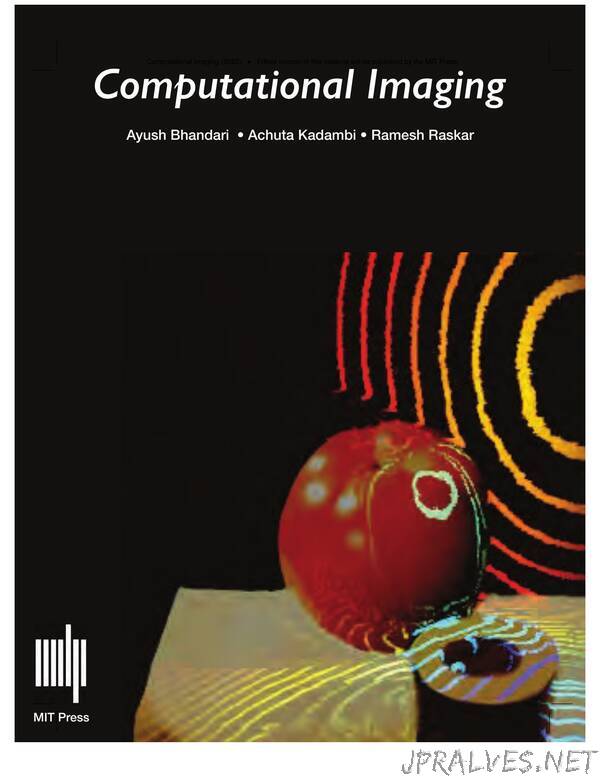
“A comprehensive and up-to-date textbook and reference for computational imaging.
Computational imaging involves the joint design of imaging hardware and computer algorithms to create novel imaging systems with unprecedented capabilities. In recent years such capabilities include cameras that operate at a trillion frames per second, microscopes that can see small viruses long thought to be optically irresolvable, and telescopes that capture images of black holes. This text offers a comprehensive and up-to-date introduction to this rapidly growing field, a convergence of vision, graphics, signal processing, and optics. It can be used as an instructional resource for computer imaging courses and as a reference for professionals.
The text first presents an imaging toolkit, including optics, image sensors, and illumination, and a computational toolkit, introducing modeling, mathematical tools, model-based inversion, data-driven inversion techniques, and hybrid inversion techniques. It then examines different modalities of light, focusing on the plenoptic function, which describes degrees of freedom of a light ray. Finally, the text outlines light transport techniques, describing imaging systems that obtain micron-scale 3D shape or optimize for noise-free imaging, optical computing, and non-line-of-sight imaging. Throughout, it discusses the use of computational imaging methods in a range of application areas, including photography, autonomous driving, and medical imaging. End-of-chapter exercises help place the material in context.”
